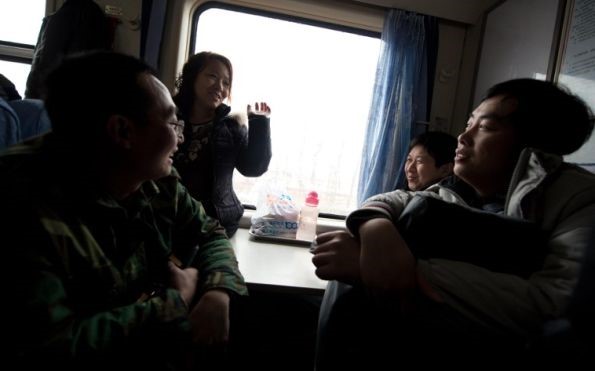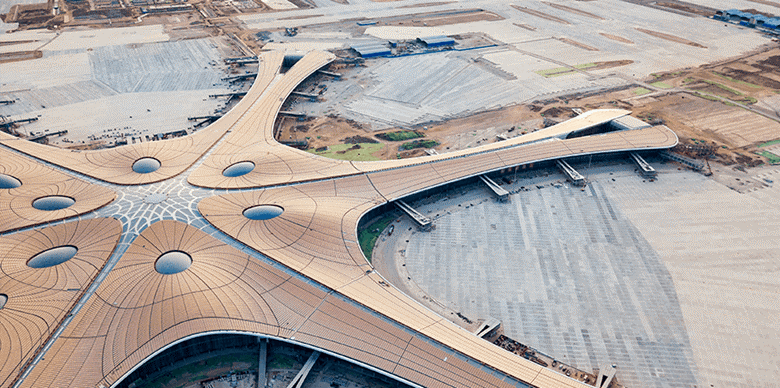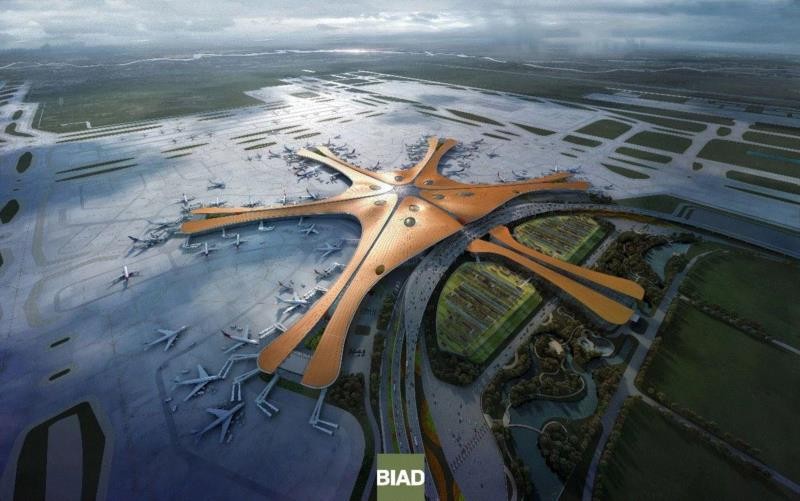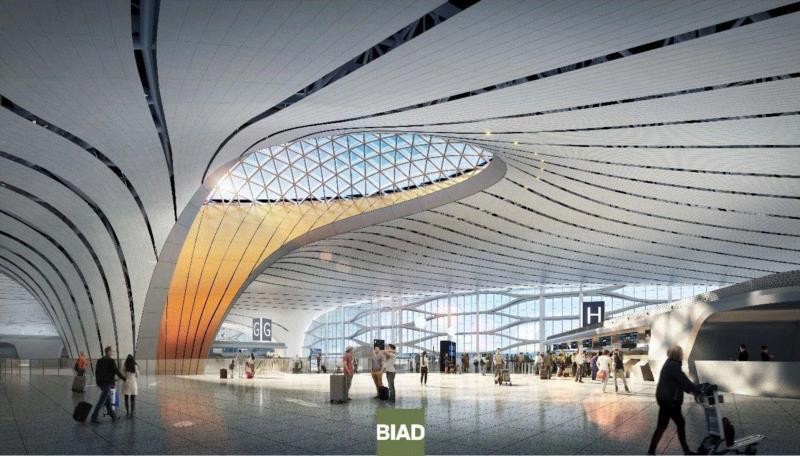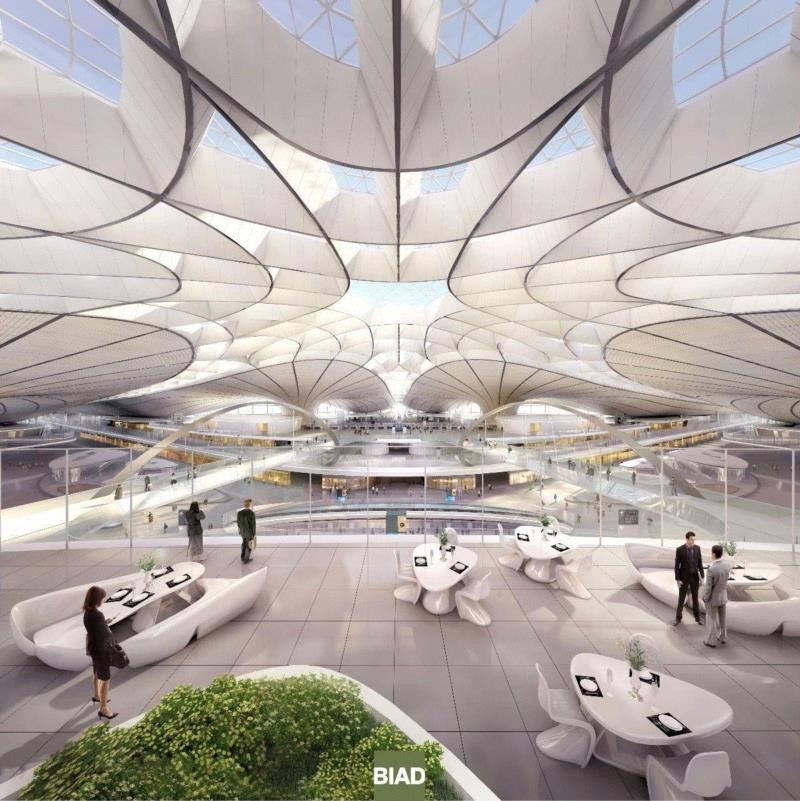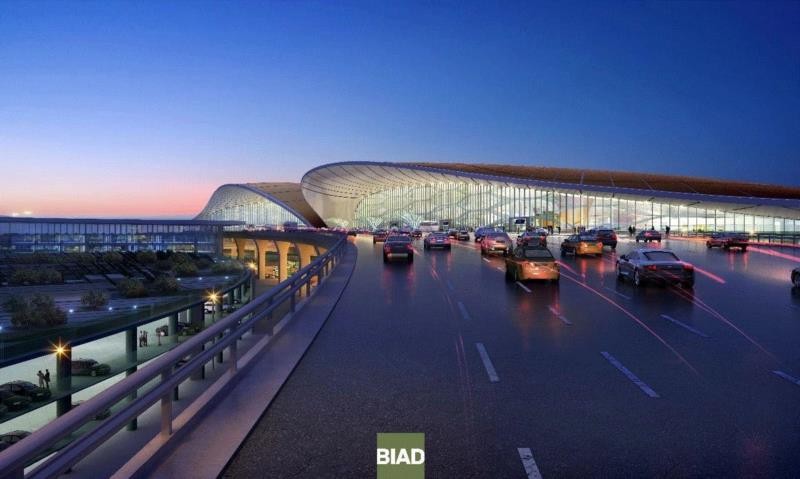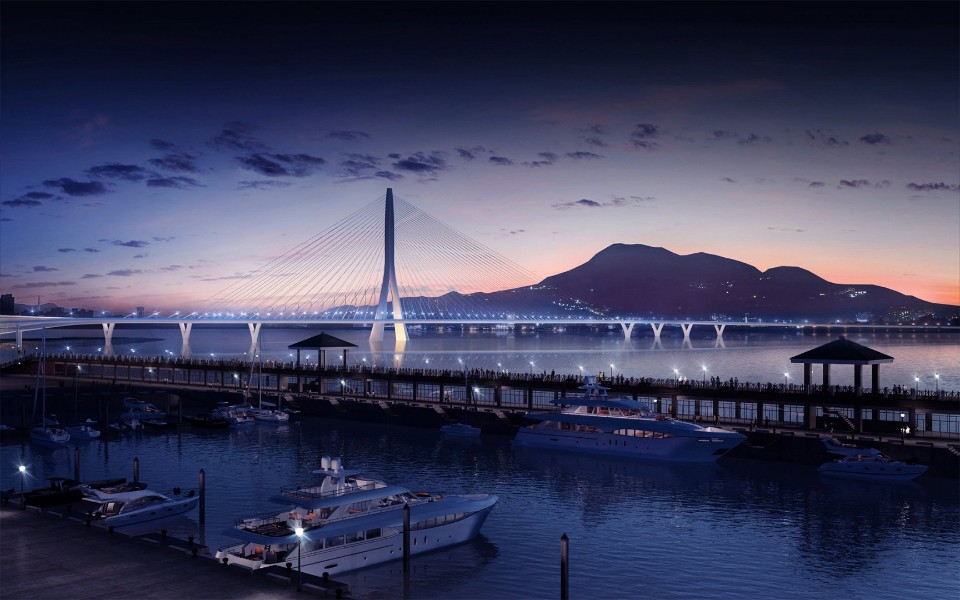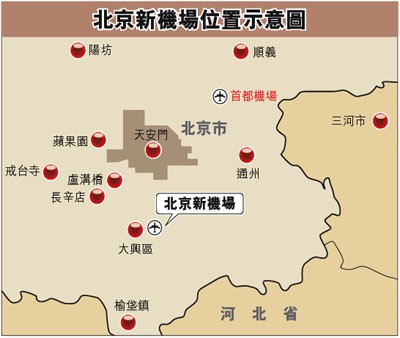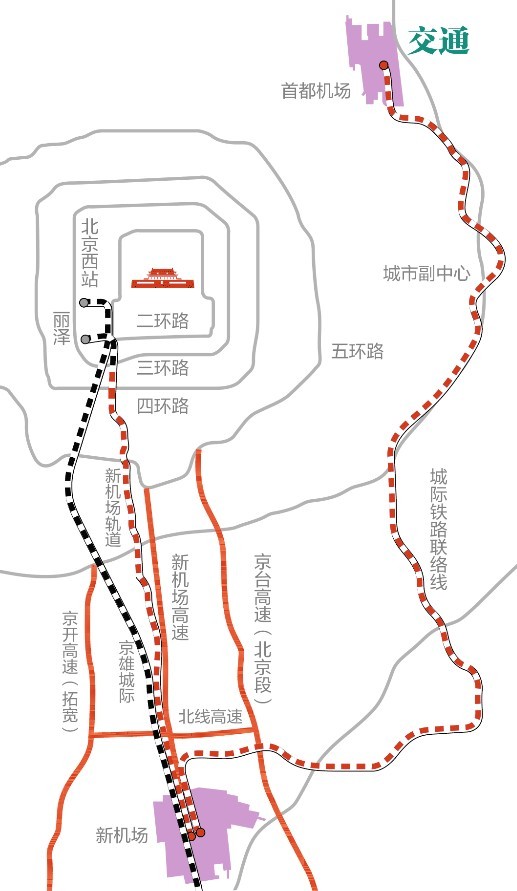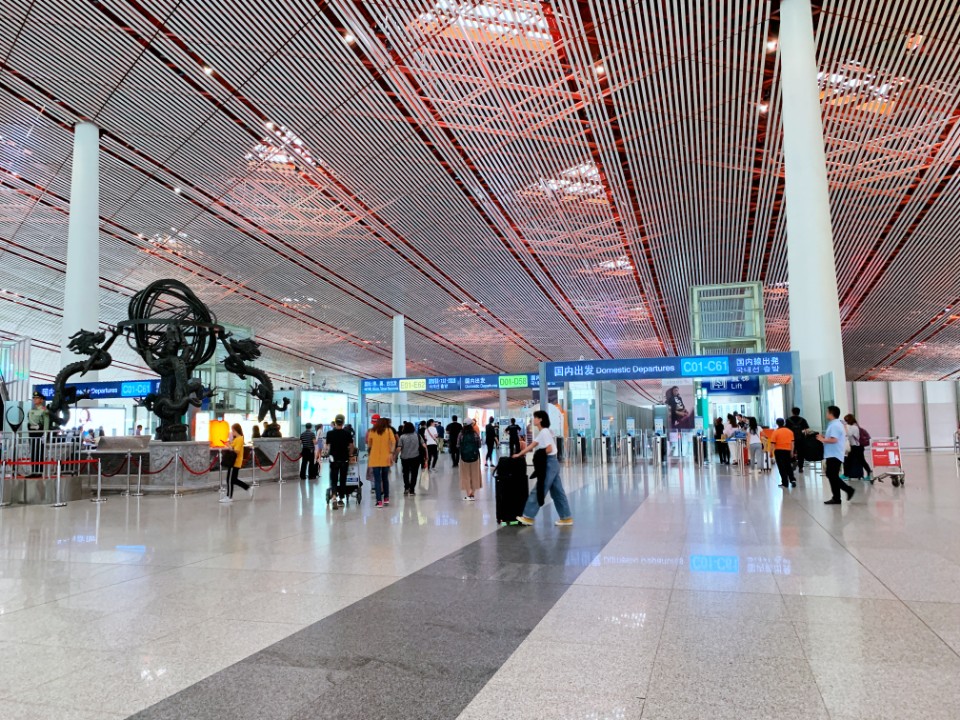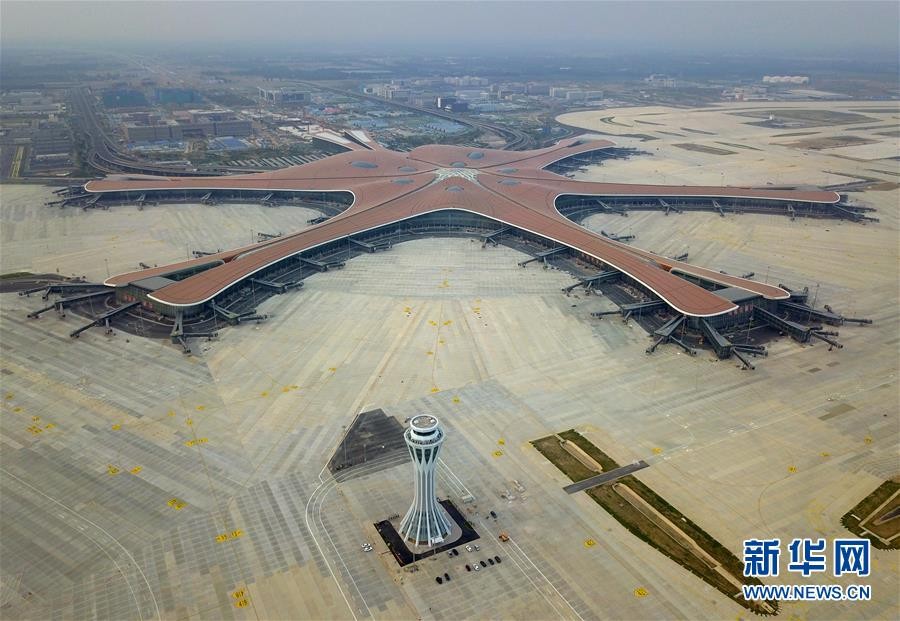

 字體:小 中 大
字體:小 中 大 |
|
|
|
| 2019/11/16 00:57:37瀏覽126|回應0|推薦0 | |
春運是現在地球上最大的人類集體遷徙事件。自改革開放以來,從蒸氣或柴油火車,到了2008年之後有了京津線高鐵,乃至今天的空運、陸運加上部份的水運,陰曆春節的一個月附近,每年近30億人次。今年9月25日中國國家主席習近平主持通航典禮,正式讓中國的龐雜的交通運輸有了新的系統生力軍。 筆者當天來算,有2298公里的北京至廣州、哈爾濱至大連、北京至上海,共9300公里的高鐵營運數,就已經很驚動世界,而意圖乘勝追擊,在通過中南半島經過馬來西亞至新加坡的高鐵列車,也成為國際上矚目的地緣政治的大題目。目前高鐵營運超過30,000公里。 這篇是說一般的鐵路客運列車,就經濟效益來說,每年還是陸運的主力。狹小的客車,每個人往往跨省,花上數小時甚至超過一天回到家鄉。像該名經濟學者的編輯就足足花了三天從北京到昆明。 台灣的交通在陳水扁前總統的八年任期內有了長遠的進步,有雪山隧道、中二高及南二高主線段全線通車,台灣高鐵除了南港-台北段,全線通車。這和2008年以來的約12年間相比,是很懷念的民生進步歲月。不像台灣兩黨講生活意義還是什麼最大公約數的騙局,不如到中國大陸生活較能伸展開來。 這篇附天下雜誌、東森財經新聞和欣傳媒的對北京大興國際機場的報導,讚嘆祖國的偉大。 Rail journeys Second-class camaraderie Feb 20th 2013, 5:21 by J.J. | BEIJING to KUNMING · ·
FOR THE past two weeks, nearly all of China was on the move, as hundreds of millions of people made the journey home for their New Year celebrations. According to official figures, 2013 will have seen a record-breaking 3.41 billion passenger trips during its 40-day Spring Festival travel season. Of those many travellers, 225m—equivalent to the total populations of Germany, France, and the United Kingdom—will have taken a train within China this month. Chinese travellers queue up early each year to secure tickets on the more popular routes. The government has enacted measures to combat ticket-scalping. Some enterprising buyers have found high-tech hacks to solve the perennial problem of getting a ride home. Thirty-six hours is the lifespan of the adult Mayfly. It is the average work week (plus one hour of overtime) in France. It is the name of a 1965 film starring James Garner. It is also an incredibly long time to spend on a train. In the midst of the Lunar New Year rush, your correspondent is travelling 36 hours by rail from Beijing to Kunming, the capital of Yunnan province, in China’s south-west. The Chinese government is justifiably proud of its network of futuristic high speed trains. The newest addition—the longest high-speed railway line in the world—opened at the end of 2012, allowing passengers to make the 1,418km journey from Beijing to the southern metropolis of Guangzhou in just eight hours. But high-speed rail service to remote Yunnan isn’t scheduled to be completed until 2015. Instead your correspondent is on the T-61 train out of Beijing West Station. The “T” stands for tekuai or “Extra Fast.” At top speeds of 140 kilometres per hour, no doubt at one point the T-Class trains lived up to their billing. But the rapid development of China’s rail system has left them behind, and they now rank toward the middle of the league in terms of overall speed. Their primary benefit is that they rank towards the middle in terms of price as well. A 2nd-class sleeping berth costs around $88, as opposed to over $250 for a seat on the new Beijing-Guangzhou high-speed line. The first-class berths on our train are in enclosed compartments, each with four bunks plus the added luxury of a door. The greatest number of rail passengers in China, however, travel 2nd-class, which means six bunks in compartments that open directly to the passageway. Toilets and sinks are at the end of each car. Unpleasant odours there are masked by a perpetual haze of tobacco, as smokers huddle between cars—the only place on the T-61 where cigarette-smoking is tolerated. Even the dining car has gone smoke-free. (Midway through the dinner service one evening, it seems to go food-free as well.) Ticket prices vary according to the bunk you choose. Top berths can require an intricate series of acrobatic moves to get in and out of bed, although being up high tends to mean more privacy. Lower bunks are more convenient, but it is understood that they are to be shared with all of the other passengers in your compartment, and their friends and family, until the lights-out, at 10pm. Train travel in China—as with most things in this country of 1.5 billion people—is a distinctly communal affair. Crammed together for three days, garrulous and curious passengers move from compartment to compartment, striking up conversations with their neighbours that last for hundreds of miles. Sometimes the chats can become quite boisterous. A travel companion in another car endured a mostly sleepless night on our first evening aboard when a group of revellers, dismissed from the café car but not before finagling a bottle of the local spirits to go, decided to continue their festivities in his compartment. Fortunately, such incidents are relatively rare. The conductors are ever vigilant. One tapped your correspondent awake at 2.30am to tell him to put away the iPad he had foolishly let fall off of the bunk after falling asleep while reading. The tendency to more old-fashioned chatter is helped along by our train’s relative dearth of electrical outlets. The new high-speed trains are equipped with Wi-Fi and stations for charging all manner of electronic devices. On our T-61 rumours circulate of working outlets in this car or that. Ill-fated forays are made to these El Dorados of electricity. By the evening of the second day, most devices have run low or run out. Cards and books replace gaming devices and tablets. Cut off from social media, people decide to instead simply be social. Just before our arrival in Kunming, in the very early morning, a conductor comes to roust people from their bunks. He needn’t bother though, as a few minutes earlier the compartment lights had switched on and the speakers began blaring with smooth sax stylings reminiscent of Kenny G. Kunming is end of the line, but that may soon change. The high-speed line connecting Kunming and Shanghai which is scheduled to open in two years is part of an even more ambitious plan to link south-west China with South-East Asia by rail. The plan to build a rail line between Kunming and Singapore was first proposed by colonial authorities over a century ago. As part of an effort to establish Kunming as a regional economic and transport hub for South-East Asia, a proposed high-speed line between Kunming and Singapore is scheduled to begin service in 2020. At that time, it would become possible to travel by high-speed rail from Singapore to Beijing and beyond. For now, the journey takes at least a few transfers and quite a bit longer. To passengers caught in the holiday rush, it can seem interminable. For others, it can be an enforced time-out from the bustle of an increasingly hectic and connected China—and a way to go home, too. (Picture credit: AFP)
Second-class camaraderie Feb 26th 2013, 16:14
The infrastructure of railway in China is a noticeable construction in a future decade. Thanks for the Economist advertised our latest pride of economics and the improvement of people’s livings. The high-speed railway is a symbol of China’s fundamental national power; therefore, Beijing’s center from fourth to incoming fifth generation supervised the planning.
Since 2009’s lunar new year, Beijing released a high-speed railway network, involving originally respective three cross east-western and north-southern lines. A year on, Beijing decided to add northern-east and Xinjiang extension to the original blueprint (well, I don’t know whether State Council put my designed plan in the revised one in 2010). The Beijing-Guangzhou lines, passing through Shijiazhuang, Zhengzhou, Wuhan and Changsha, spends about 8 hours running 2298 km across. In addition to the Harbin-Dalian and Beijing-Shanghai line finishing, China owns 9300 km high-speed railway network. For the further sight, there will be a link between Kunming and Singapore, especially after Kuala Lumper and Singapore agreed with a link a month before.
The “Spring Transformation”, every year, makes Beijing headache for the massive range of moving people and cargo in keeping of order. The Economist, really and really, close ordinary life for the precisely predict of the dragon’s trailing to either Xanadu or a fate of four-colour card game. Yeah, the music by Kenny G is a good idea of more foreigners like you Economist, experiencing China’s welcoming the excitement of progress. With Japan’s safety system of Shinkensen, China’s railway connecting to the world will combine with more entertaining fun of foreign nation.
In Taiwan, the smaller-style of transformation processed in the meantime. Taiwan’s high-speed, the biggest-ever BOT case in Taipei authority, was put in practice in 2006 when Taiwan’s President Chen Shui-bian and his following “royal” Yin Chi, the owner of Continental Engineering, debuted the anatinus-surface leading compartment. I brought a hands-free 7-inch icoo android tablet, with a mobile power bank made by my elementary school’s teacher. Alas, it’s inauspicious of your broken iPad happening during lunar year. Maybe pray to some late great in temple with incense these days, or some unhappy things occur.
Recommended 14 Report Permalink
節錄東森財經新聞的新聞 全球最大北京大興機場 日夜不同景色觀看次數:155,050次
•2019年10月4日
造價3500億元!全球最大的北京「大興國際機場」25日正式通航,晚上從空中俯瞰大興國際機場,就像一座超大的裝置藝術,沉潛在北京大興郊區。到了白天更出現不同樣貌,有人說這根本是「復仇者聯盟基地」、還有像是「金色海星」或「鋼鐵鳳凰」,都成了它的代名詞。
世界最大!北京大興國際機場開張,展示中國崛起的工業力有多強 在中國70週年國慶前,世界最大機場在北京正式啟用。這一機場展示出中國在世界上崛起的工業能力。 2019年10月17日
在中國70週年國慶前,世界最大機場在北京正式啟用。這一機場展示出中國在世界上崛起的工業能力。 中國國家主席習近平親自宣佈這一耗資110億美元的巨型機場正式投入運營。在世界各大航空公司中,英國航空公司率先於2019年7月宣佈,所有往返希思羅機場與北京之間的直飛航班將於2019年10月27日起轉場至新建的北京大興國際機場,成為第一家確定將所有業務轉移至新機場的國際航空公司。隨後,芬蘭、波蘭、馬來西亞等多家航空公司也將轉場大興機場。中國國內的南航、東航、國航等將其眾多航線的飛機也都陸續轉場大興機場。 北京大興國際機場的設計師是世界著名英國女建築大師扎哈·哈迪德。她設計的世界最大航站樓由旅客大廳所在的核心區和5個手指形廊道組成的,外形被稱為鳳凰展翅。大興國際機場從設計施工到迅速投入運營,展示出中國崛起的工業能力。 工程概況 北京大興國際機場佔地70萬平方米,約相當於98個足球場。它的建設目的,是為了滿足客運需要,分流此前中國規模最大和最繁忙的民用機場:1958年啟用的中國首都國際機場。後者旅客量逐年遞增,2018年已經超過1億人次。隨著大興國際機場的啟用,北京和紐約與倫敦一樣,成為同時擁有兩個長途國際機場的城市。 大興機場從2014年12月26日,北京大興機場工程舉行開工典禮,2015年9月全面動工,2019年6月已經開始試營運。目前它已有三橫一縱4條跑道,未來還將建設3條新的跑道,到2040年滿足每年旅客吞吐量1億人次需求。大興國際機場航站樓形如展翅的鳳凰,是五指廊的造型,造型以旅客為中心,整個航站樓有82個登機口,但是旅客從航站樓中心步行到達任何一個登機口,所需的時間不超過8分鐘。新機場的地下東西兩側是城際鐵路和高鐵,中間3條是機場專線和地鐵,將機場與北邊(距離市中心天安門廣場不到50公里)的北京市區連接,一小時內可達京津冀不同地區。 工業能力 大興機場在僅用約4年時間建起了世界上規模最大、施工難度最高的單體航站,以及世界最大綜合交通樞紐,體現了在過去10年裏中國崛起的工業和工程能力。這個在100米寬8公里長的範圍內集中建設的航空、高速公路、軌道和地下綜合管廊等交通方式的建築,機場的運營管理大量採用最新的智能科技。比如在為乘客服務方面,新機場中國國內航班採用報到、行李託運、安檢、登機4大關鍵環節實現全流程自助、無紙化通行、刷臉登機等。此外,大興國際機場的建設注重環境永續,高效利用各種能源,其中可再生能源總量佔機場年綜合能源消費總量12%左右,是目前中國運用可再生能源比例最高的機場。
北京大興國際機場殊榮事蹟●被英國《衛報》評選為「新世界七大奇蹟」之首 北京大興國際機場亮點1、建築外觀特色 建築師札哈.哈蒂為旅客留下的天堂之禮已故的伊拉克裔英國明星建築師札哈.哈蒂(Zaha Hadid)的設計風格前衛大膽,走在時代前端,是首位獲得普立茲克建築獎的女性,大興國際機場設計為法國ADP Ingenierie 建築事務所,於2014年11月攜手札哈.哈蒂定下了北京大興機場最終設計方案,機場規劃融入了 她標誌性的「扎哈曲線」,在現實中,用堅硬的鋼材編織出流暢線條和優美曲線並非易事,大興國際機場也成為她所留下的天堂之禮。 北京大興機場地理位置與周邊城市交通系統新機場地處北京中軸線的最南端,座落於北京南郊,永定河北岸,北京市大興區榆垡、禮賢和河北省廊坊市廣陽區之間。距離天安門約46公里,距首都機場25.6公里左右,佔地面積140萬平方米(超過2/3的曼哈頓、63個天安門廣場),今年9月底正式投入使用後,將是世界上最大的單體航站樓,超過了杜拜世界中心和土耳其伊斯坦布爾第三國際機場。 首都機場與大興機場比較大興機場相對於首都機場的最大劣勢,是離北京市區略遠,但較遠的優勢恰好可以作為「國際轉國際」的樞紐。首都機場有兩條高速路、地鐵機場快線、離市區也更近。 北京大興國際機場現況與未來今年5月已請國航、東航和南航皆分別派出旗艦機型747-8、A359和A380往大興機場試飛成功,目前大興機場正在進行各項目的最終驗收工作。
|
|
| ( 心情隨筆|心情日記 ) |



